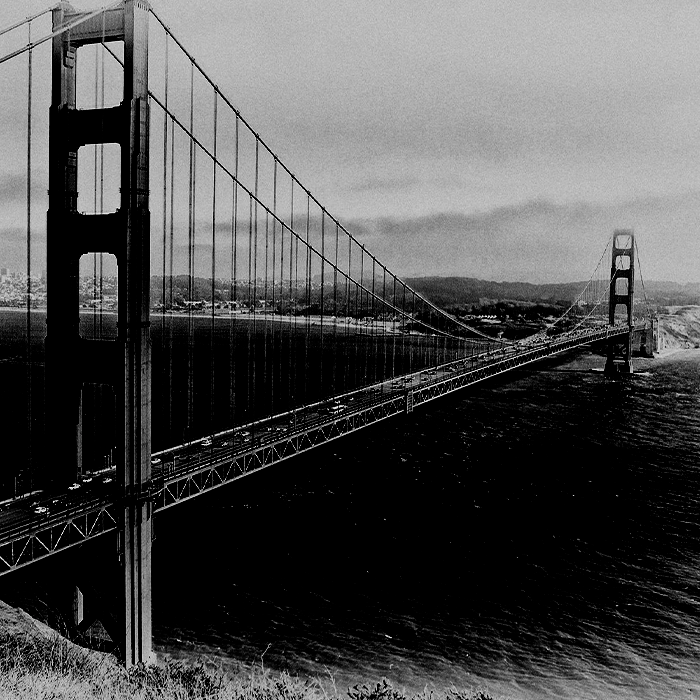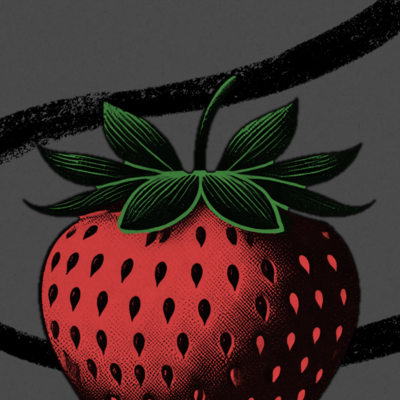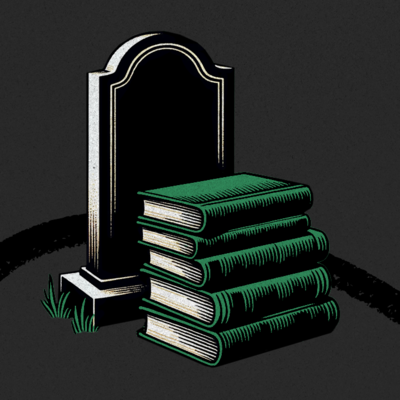
Sponsored By: Scrintal
This essay is brought to you by Scrintal, the game-changer for knowledge management. It's not just an app, it's a canvas of infinite ideas, offering bi-directional links for a seamless workflow. Perfect for research, project mapping, process formulation, planning, or studying - Scrintal lets you organize and connect all your thoughts in one place. Every subscribers get 10% off when you use the code EVERY10.
San Francisco's climate always makes me feel like I have a fever. It's warm and pleasant in the sun, but if you have the misfortune of walking into the shadow of a building you're suddenly shivering like you've got the flu. So I've come to follow a singular rule for visiting the tech capital of the world:
Layer up.
Once you have wrapped yourself to the gills in Patagonia paraphernalia, as I now do, you can truly experience the city—its delights, terrors, and idiosyncrasies.
The East Coast jet lag means you can wake up easily at 6 a.m. You can take a Lyft to Sightglass coffee, where the air is redolent with the smell of beans roasted by master coffee makers. You can drink your latte in the rose-colored San Francisco morning as a cable car trundles by. You can’t walk around; you’re not sure if SOMA is dangerous at this hour.
You can experience the electric atmosphere at OpenAI Dev Day, hob-nob with the celebrities of your field, get excited about the future, and do off-the-cuff food reviews. You can jump at the chance to get a gray OpenAI sweater size medium as an extra buffer against the vicissitudes of the city’s mercurial clime.
You can visit the Archimedes Banya, where men and women roam naked together between saunas, steam rooms, hot tubs, and cold tubs. You can listen to the owner, completely derobed, explain that the sauna you are sitting in is the best in the world. You can sit, wearing a bathing suit, as New Yorkers do, on a hot cedar bench and marvel at the hidden complexities of sauna design, of the skill it requires to balance the contrasting forces of temperature and humidity. You can find that another person sitting next to you in the sauna, as naked and unashamed as Adam before the fall, is someone who you have followed on Twitter for 10 years. You can say hello, and ask how he is.
You can be invited to dinner in a private room at a sushi restaurant. You can muse aloud between bites of uni about ideas for ChatGPT posts you want to write and projects you want to build. You can get feedback from people who have forgotten more about machine learning and business building than you will ever know. You can leave dinner feeling like you cannot wait to get home and write.
You can instead find yourself at a house party. You can lovingly admire the large bookshelf on display, relieved that even in the center of our techno-utopian AI-enabled future, people still love books.
You can observe a man in a blue velvet suit ask a French woman with her brown hair in a tight bun: “Are you an AI person?”
“Yes, but I think of AI as merely a tool to have an impact,” she says.
“What are you trying to have an impact on?” he says.
“Helping enterprises better serve their customers,” she says.
You can laugh quietly to yourself.
You can turn to leave and sheepishly run into friends from New York. You can share an unspoken sense of embarrassment to be here, which is to admit that maybe, in at least this one dimension, New York is not the best city in the world.
You can sit on the stoop of this house party and reflect that it is not just the weather in San Francisco that runs hot in the sun and cold in the shade. It is also the town itself. It is the sumptuously appointed demo days held under warm lights while a homeless man is doubled over on the dark pavement outside.
This, you realize, is true—and troubling. But it is not the whole story. Because what San Francisco is is largely a matter of what it will be.
Walt Whitman wrote, “America…counts…for her justification and success…almost entirely on the future. . . For our New World I consider far less important for what it has done, or what it is, than for results to come.”
San Francisco, too, counts for its justification entirely on the future. It is a synecdoche for America. The future is what is important. This is its sin and its charm, its peril and its undeniable promise.
In San Francisco, the future, too, is hot and cold. When the next round closes, the sun is on your face. When the acquihire falls through, the shade is cold as ice. On Monday, AGI and universal prosperity are at hand. On Tuesday, apocalyptic doom looms, or worse, stagnation—progress’s dreaded asymptote. Feast or famine. Fever is the nature of the future.
To see rightly in this town is to try to layer yourself against the vicissitudes of what comes next. To at once be swept up in the hope that everything might change, but also hold on to the knowledge that it will all stay—in some important ways—the same. To know that you overestimate what can change a year down the line, and underestimate what can change in 10.
It is to hope for the sun and prepare for the shadow. It is to dream of making a new sun one day, and feeling like it might be possible.
It’s a great time to be a founder.
Layer up.
Find Out What
Comes Next in Tech.
Start your free trial.
New ideas to help you build the future—in your inbox, every day. Trusted by over 75,000 readers.
SubscribeAlready have an account? Sign in
What's included?
-
Unlimited access to our daily essays by Dan Shipper, Evan Armstrong, and a roster of the best tech writers on the internet
-
Full access to an archive of hundreds of in-depth articles
-
-
Priority access and subscriber-only discounts to courses, events, and more
-
Ad-free experience
-
Access to our Discord community
Thanks to our Sponsor: Scrintal
Thanks again to our sponsor Scrintal, the visual roadmap for organizing all your thoughts and ideas. Rediscover productivity with an infinite canvas for organization, linked bi-directionally, bringing order to chaos. It's your go-to for research tasks, project mapping, process building, planning, and event studying.
Scrintal allows for real-time collaboration plus flexible sharing options in PDF or markdown making it ideal for teams!
Get access right away using the code EVERY10 to enjoy a wholesome 10% off.
Join our early subscribers' club for priority support and comprehensive one-on-one onboarding. The journey from random thoughts to an organized mind starts here.
.png)




Comments
Don't have an account? Sign up!
thanks for the good piece Dan. Lived in SF from 1978-2015 and thinking of buying a condo there again. There just is too much beauty and hope in SF....which goes through cycles like this. I remember in 1978 my first day at the advertising agency I got a job at in the warehouse district near Levi plaza..very few offices and restaurants there so we ate a food truck that stopped in front each day at noon. First day the food truck owner was robbed and killed. I still send good thoughts to him but what a way to start in SF. The rest I wouldn't change for all the money in the world; the great experiences.
@cg thanks Craig! Really glad you liked it. It is an amazing place
What a great example of sublime writing ability -- the kind, ironically given this article, that AI has a long way to go before being able to replicate. Bravo Dan. This is the kind of eloquent, evocatively visual and beautiful, yet salient writing artistry that is so, so rare these days. - Paul Sebastien
@paulsebastien thanks Paul, this made me smile. Appreciate the kind words!
@danshipper With pleasure, Dan -- great writing deserves praise and support more than ever given the growing tide of mediocrity out there.